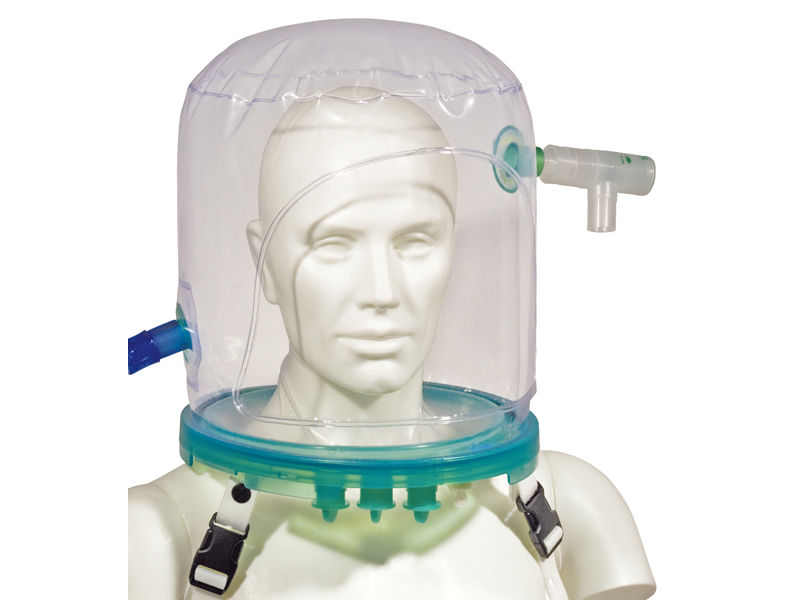Angela
Elite member
- Messages
- 21,823
- Reaction score
- 12,329
- Points
- 113
- Ethnic group
- Italian
Is there no filter on those?
I would certainly hope so, but apparently with some ventilator models it's not adequate with this virus if they're measuring this incredible viral load in the air.
That's besides the fact that some of these patients are in a panic, and ripping tubes out.
No wonder so many doctors died in China and Italy.
The problem is larger, I think. This may not be a disease ICU doctors have ever seen before,i.e. it isn't really pneumonia.
More and more doctors are starting to think it's more like high altitude sickness than a "normal" interstitial pneumonia.
See the link below...
https://www.medscape.com/viewarticle/928156#vp_2
"[FONT=proxima_nova_rgbold]Whyte: [/FONT][FONT=proxima_nova_rgregular][From Luciano] Gattinoni. Were you aware of what was going on in Italy before you noticed these observations or did that come after the fact?[/FONT][FONT=proxima_nova_rgregular][/FONT]
[FONT=proxima_nova_rgregular][FONT=proxima_nova_rgbold]Kyle-Sidell: [/FONT]That came a little bit after. And I wasn't aware. I can't even remember the exact timeline. But in my reading, I came upon decompression, pulmonary sickness, which is essentially the bends—when divers dive and come up too quickly—which seemed to mirror the clinical picture of these patients. And in discussions of other people, it came up that they do appear similar clinically. This is not to say that the pathophysiology underlying it is similar, but clinically they look a lot more like high-altitude sickness than they do pneumonia. Regarding, Gattinoni, he published something on March 20th, which was about 2 days before I opened the ICU. I don't know that I read it then, but somehow it got passed around. In my mind, by the time I read what he was saying, I'd come under the impression that this just wasn't what we were used to seeing. It was a high-compliance disease, which every pulmonologist had. Anyone managing a ventilator can see. That's not a question. So when I read his stuff, where he is suggesting that the management strategy that we use is essentially somewhat flipped, at least in these high-compliant patients, it just became more clear that that if we operate under a paradigm whereby we are treating ARDS in these high-compliant patients, we may not be operating under the right paradigm."
"First, I'll describe what Gattinoni was saying, which is that really what we're seeing in ARDS are two different phenotypes: one in which the lungs display what you call high compliance, low elastance; and one in which they have low compliance and high elastance. To say it simply for people who are not pulmonologists, if you think of the lungs as a balloon, typically when people have ARDS or pneumonia, the balloon gets thicker. So not only do you lack oxygen, but the pressure and the work to blow up the balloon becomes greater. So one's respiratory muscles become tired as they struggle to breathe. And patients need pressure. What Gattinoni is saying is that there are essentially two different phenotypes, one in which the balloon is thicker, which is a low-compliance disease. But in the beginning they display high compliance. Imagine if the balloon is not actually thicker but thinner, so they'd suffer from a lack of oxygen. But it is not that they suffer from too much work to blow up the balloon. As far as how we're going to switch, we're going to take our approach differently from the traditional ARDSnet protocol in that we are going to do an oxygen-first strategy: We're going to leave the oxygen levels as high as possible and we're going to try to use the lowest pressures possible to try to keep the oxygen levels high. That's the approach we're going to do, so long as the patients continue to display the physiology of a low elastance, high-compliance disease."
So, what they've started doing in Italy is using these CPAC hoods, but not ventilating.
Whether it's correct or not only time will tell, I guess.
Maybe we should be halving the orders for ventilators and getting these made too[/FONT]



